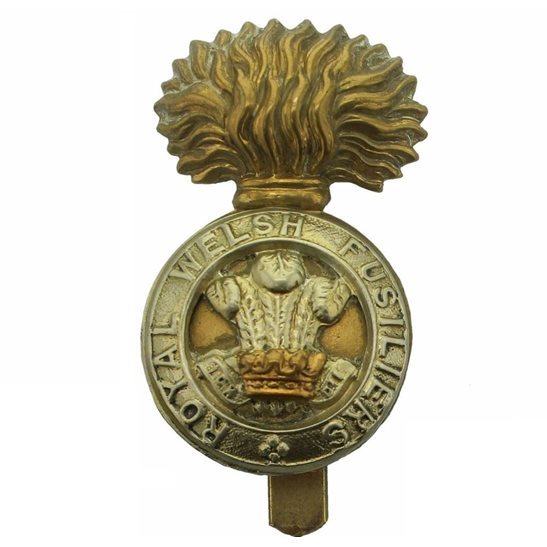Personal Details
Born: 14 December 1890 in Edmonton, Middlesex and baptised on 19 April 1891 in St. Leonard’s Church, Bootle, Lancashire.
Family: He was the oldest of two children born to Edward John Polkinghorne, a chief steward, and his wife Annie Maria. He married Dorothy W Bebbington in 1918 in Whitchurch, Shropshire; we cannot trace any children for this marriage.
Residence: At the time of his baptism, he lived at 42 Cranworth Street, Bootle, Lancashire. In 1901 he was living with his maternal grandparents at 8 North Luton Place, St. Mary, Cardiff, Glamorganshire, Wales. In 1911 he lived with his uncle at 77 Portsdown Road, Maida Vale, Paddington, London; The address for him on the 1919 Absent Voters’ Register is Talbot House, Green End, Whitchurch (this is the home of his wife’s parents). This address, together with Bessington Road, Foxton, Royston, Hertfordshire are shown on his medal index card. From 1935 he was living at 487 Stafford Road, Wolverhampton, Staffordshire which was his residence at the time of his death.
Employment: In 1911 he was a building contractor; in 1939 he was a building and public works contractor’s agent.
Died: 24 May 1966 at New Cross Hospital, Wolverhampton, aged 75.
Military Details
Regiment: Royal Welsh Fusiliers (previously Royal Warwickshire Regiment)
Rank: Lieutenant
Service Number:
Date of Enlistment: 22 January 1915
Date of Discharge: Not known
Reason for Discharge: Not known
Other Information: He was a member of the Freemason St. Alkmund Lodge in 1917.
Edward was awarded the Campaign Medals (British War Medal, and Victory Medal)

The British War Medal (also known as 'Squeak') was a silver or bronze medal awarded to officers and men of the British and Imperial Forces who either entered a theatre of war or entered service overseas between 5th August 1914 and 11th November 1918 inclusive. This was later extended to services in Russia, Siberia and some other areas in 1919 and 1920. Approximately 6.5 million British War Medals were issued. Approximately 6.4 million of these were the silver versions of this medal. Around 110,000 of a bronze version were issued mainly to Chinese, Maltese and Indian Labour Corps. The front (obv or obverse) of the medal depicts the head of George V. The recipient's service number, rank, name and unit was impressed on the rim.
The Allied Victory Medal (also known as 'Wilfred') was issued by each of the allies. It was decided that each of the allies should each issue their own bronze victory medal with a similar design, similar equivalent wording and identical ribbon. The British medal was designed by W. McMillan. The front depicts a winged classical figure representing victory. Approximately 5.7 million victory medals were issued. Interestingly, eligibility for this medal was more restrictive and not everyone who received the British War Medal ('Squeak') also received the Victory Medal ('Wilfred'). However, in general, all recipients of 'Wilfred' also received 'Squeak' and all recipients of The 1914 Star or The 1914/1915 Star (also known as 'Pip') also received both 'Squeak' and 'Wilfred'. The recipient's service number, rank, name and unit was impressed on the rim.

